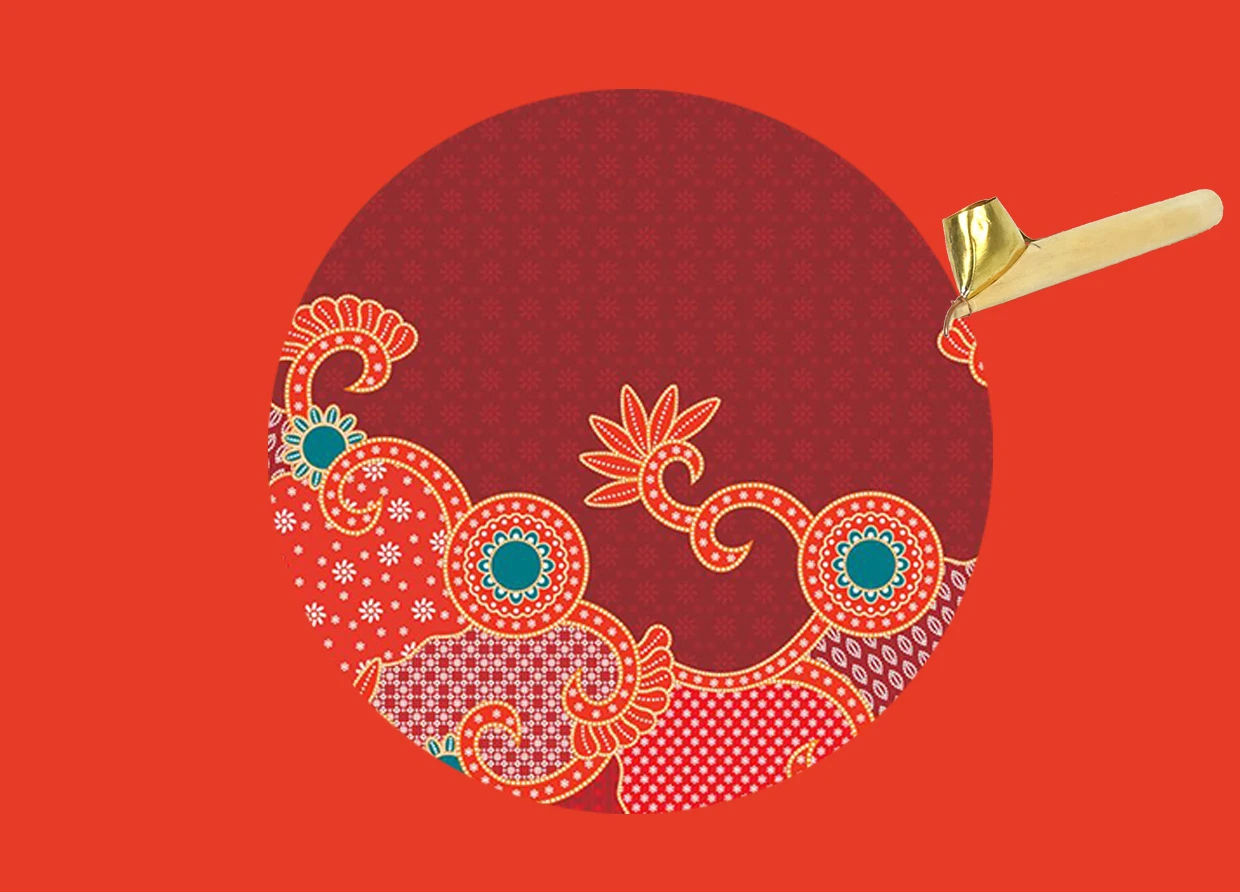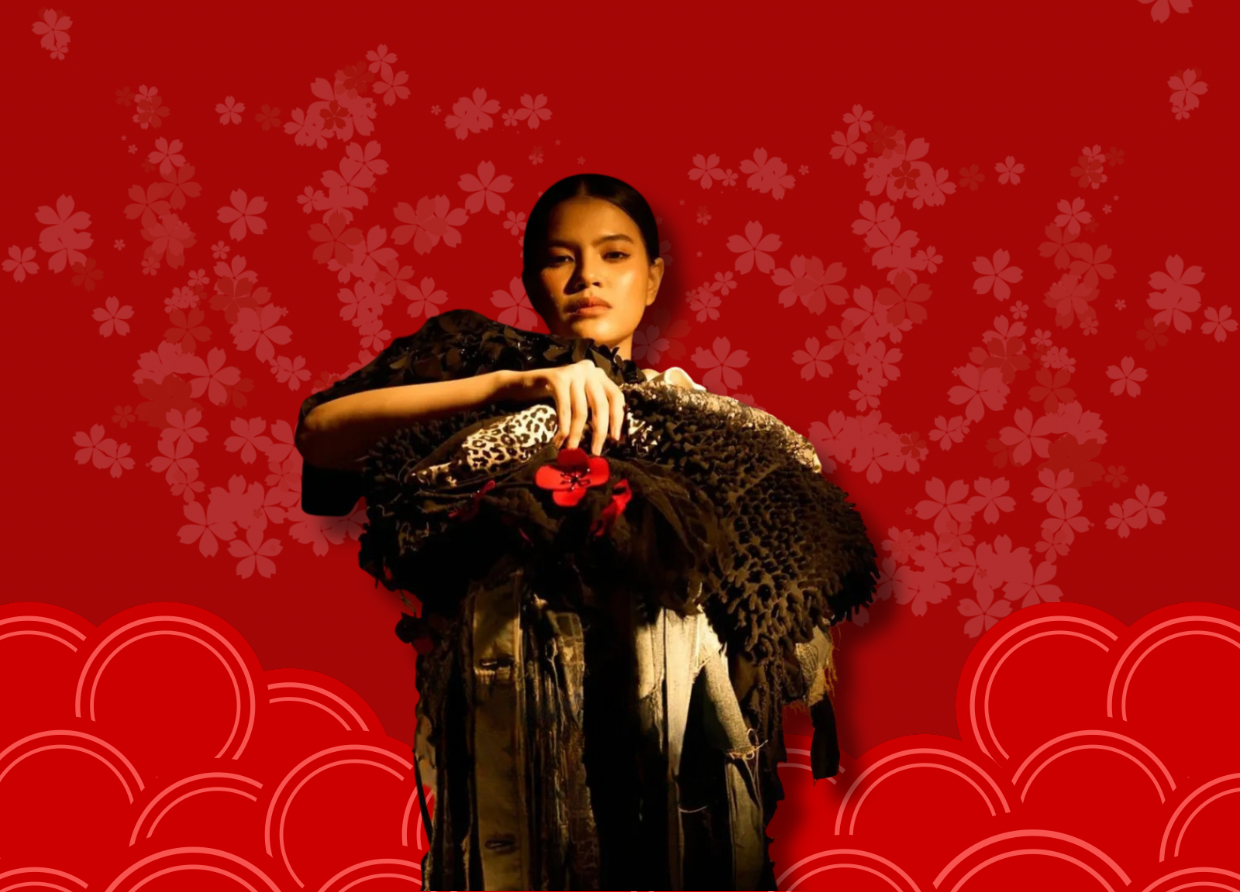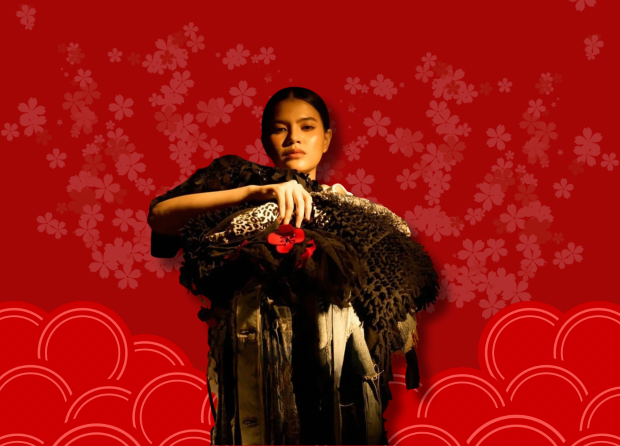5 ENCHANTING STORIES BEHIND INDONESIAN BATIK PATTERNS
Batik has long been a symbol of the united country, Indonesia. While Batik is popular for its design, each pattern actually has different philosophical meanings.

Batik is Indonesian original art. Commonly found on fabric or cloth, batik patterns have also been incorporated into numerous handicrafts like bags and even wooden bracelets. The art of making Batik was once one of the ancient royal families' cultures in Indonesia.
Apart from being appreciated locally, Batik is known internationally. This was inaugurated by the recognition of UNESCO or United Nations Educational, Scientific and Cultural Organization. In 2009, UNESCO designated Batik as one of the Masterpieces of the Oral and the Intangible Heritage of Humanity.
As part of the original Indonesian cultural heritage, Batik is not only unique and attractive, but it also has philosophical meaning behind it.
Kawung: Pattern of Areca Palm Trees
Developed in the 18th century, Kawung was considered a favorite among members of the royal family, during the era, and in the Yogyakarta Sultanate. The geometrical patterns, which make it elegant, represent the fruit of an area palm tree.
In Indonesia, the fruits are called Kolang Kaling, which is a delicacy combined in many Indonesian desserts. Local legend has it that the royal family of Yogyakarta Sulatane loved Kawung so much that only those of the royal bloodline can consume it.
Parang: Symbol of Security
Another geometric pattern is Parang. It has long and narrow symbols similar to the 'S' letter. The sacred Batik pattern originated in the 16th century during the reigning time of the Java king, Sultan Agung of Mataram in Central Java. According to history, Danang Sutawijaya, the son of Ki Ageng Pemanahan, pioneered the idea of Parang after observing the stretch of jagged rocks on the south coast.
Another folklore, which may side to a kind of urban legend, was about the Javanese prince, Panji, who was safely protected when endangered because he was wearing a Parang batik. For this reason, Javanese people consider Parang as a symbol of protection and security.
Sekar Jagad: Expression of Love
Sekar Jagad is traced back to the 18th century. Etymologically, the word came from the Dutch word 'Kar', which means a map, and the Javanese word 'jagad', which means the world. The word 'sekar' means flowers in Indonesian. Hence, Sekar Jagad means the beauty of Indonesia's diversity in conveying love and happiness.
Truntum: Gift from a Queen
Truntum is a popular Batik pattern from Solo, Yogyakarta. Kanjeng Ratu Kencana, the daughter of Sunan Pakubuwana III created the pattern. The beliefs said that the Queen, at that time, saddened by the King's infidelity, made the star patterns while gazing at the night sky. The King was impressed by the queen's diligence. His love for the Queen rekindled and they both reconciled. Therefore, the Truntum symbolized the reawakened love, making it a favorite option among the brides and the grooms.
Ulamsari Mas: Symbol of Well-Being
Ulamsari Mas originated from Bali. The pattern illustrates the vivid motifs with images of shrimp and fish. The two animals were chosen because fishing is one of the livelihoods of the Balinese as the island itself is surrounded by rich marine life. Bali created this pattern as a way to show appreciation for the island's abundant natural resources such as fish, seafood, and raw materials. Hence, this Batik pattern symbolizes livelihood and prosperity.
#THE S MEDIA #Media Milenial #batik #philosophical #behind the scenes #story behind #batik pattern


























